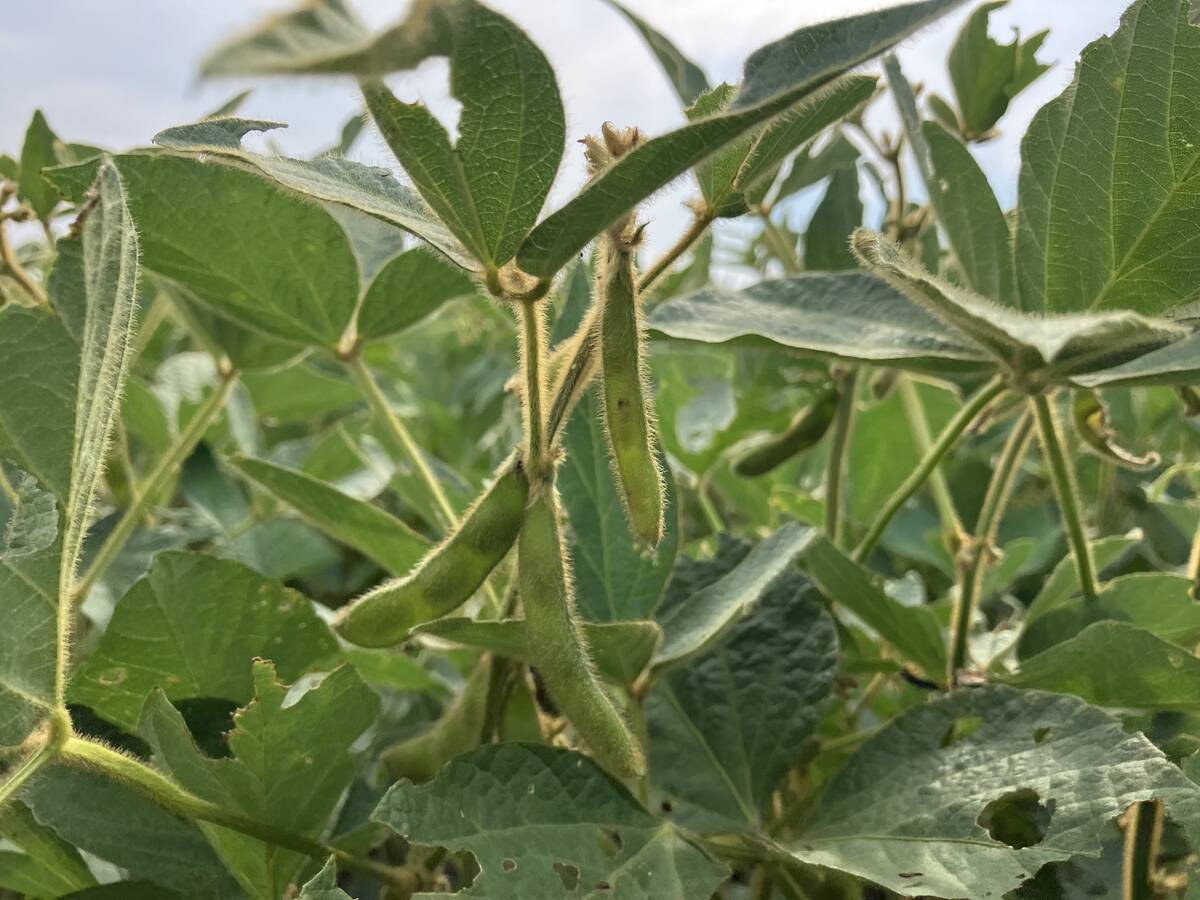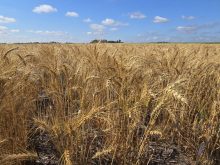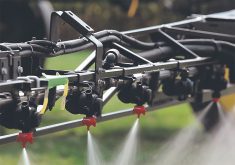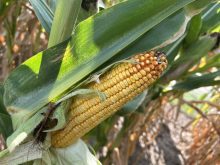MOOSE JAW, Sask. – American agriculture is in good shape and that gives president Barack Obama breathing room at a time when other industries are struggling.
“Agriculture has been the least of his problems,” said American journalist Jerry Hagstrom, who has been covering agriculture in Washington for the last 15 years. “These other areas have had so much trouble that it’s been a relief to him that he has not had to do very much in agriculture.”
Hagstrom told the Farming For Profit conference here that agriculture technically received some money in the U.S. economic stimulus package because food stamp benefits fall under that department’s jurisdiction.
Read Also

Proposed dicamba restrictions please expert
Pest Management Regulatory Agency proposes banning “over-the-top” spraying of dicama on soybeans.
But otherwise little has been allocated to rural America. There is some money for internet access and for water and sewer projects.
Yet Obama’s campaign last fall was the strongest by a Democratic presidential candidate since Bill Clinton, Hagstrom said.
Obama supported both the 2008 Farm Bill and corn-based ethanol, while Republican candidate, John McCain, did not.
“Beyond that, though, the Obama campaign made special appeals to a lot of people in rural America but they were not really the appeals that go to the big farmers,” he said.
Obama targeted low-income farmers, promised to regulate intensive livestock operations and said he would help small cattle and hog producers battle their big competitors.
Hagstrom said some people were concerned Obama would subsequently choose a radical, leftist candidate for agriculture secretary but Tom Vilsack, former Iowa governor, is a centrist.
Vilsack is supposed to accomplish three things: improve the diet of American children, make rural America and agriculture big players in renewable fuels and reduce American farmers’ dependence on imported oil.
While Vilsack works on those, the role of Congress in American agriculture policy is actually more important, said Vilsack.
And the man who is most important is Collin Peterson, a Democrat from Minnesota who chairs the House agriculture committee.
Peterson became chair in 2007 and has turned out to be “superb” at behind-the-scenes negotiation for agriculture and generally good at the job.
“I’ve never seen anybody who relishes the job of being chairman of the agriculture committee as Collin Peterson does,” Hagstrom said. “If there’s anybody that you want to be watching in Washington on American agricultural policy, it’s Collin Peterson.”
One of his recent accomplishments was the passage of climate change legislation that says agriculture will run the carbon sequestration program, not the Environmental Protection Agency.
“This is a huge victory for agriculture and it’s also a huge sign that the Obama administration is going to stick to its commitments to keep agriculture a real part of renewable fuels,” Hagstrom said.
The bill allows large emitters to buy credits from those such as farmers who sequester carbon. However, agriculture is not one of the emitters allowed to purchase offsets.
Some Congress members are nervous that the overall goal of the legislation to reduce emissions will raise agricultural production costs, Hagstrom added.
Another factor in the bill is that it prevents the EPA for five years from its plan to consider the impact of U.S. corn production on land use in Brazil and other countries.
Hagstrom said the idea behind that complicated concept is that if U.S. land is used for corn for ethanol production then Brazilians, for example, would destroy their rainforest to fill food demand.
Finally, he said the impact of the now-famous garden planted by Michelle Obama and schoolchildren on the White House lawn should not be underestimated.
Seed sales have gone way up, he said, and while the crop protection companies aren’t so happy about the Obamas’ focus on organics, it’s hard to argue against gardening.
“I do think that combined with the health care concerns that we have in the U.S. and the cost of health care, you will see a real campaign to get people to eat in a healthier fashion – more fruits and vegetables, less fried foods – and in some way over the long run, that can have more impact with the First Lady leading the charge on this than even agricultural policy has.”















